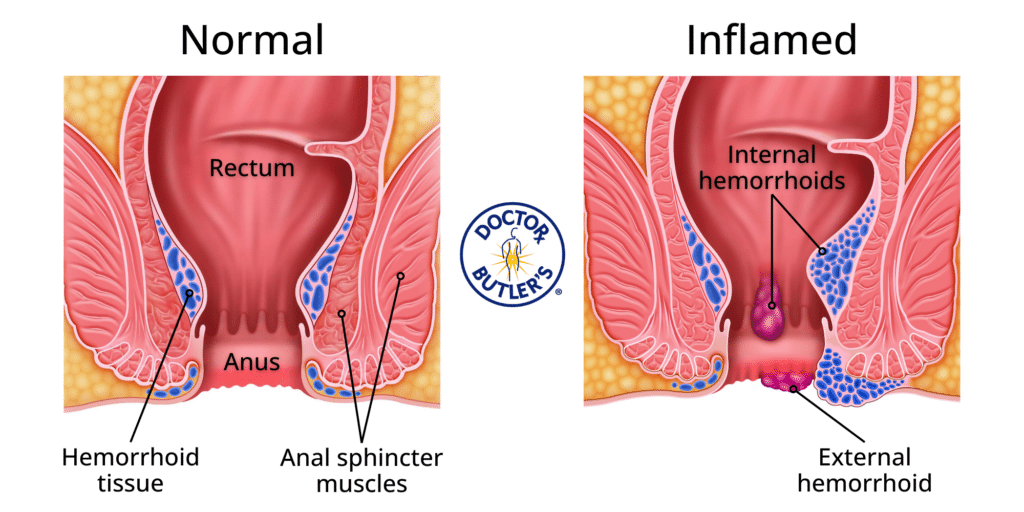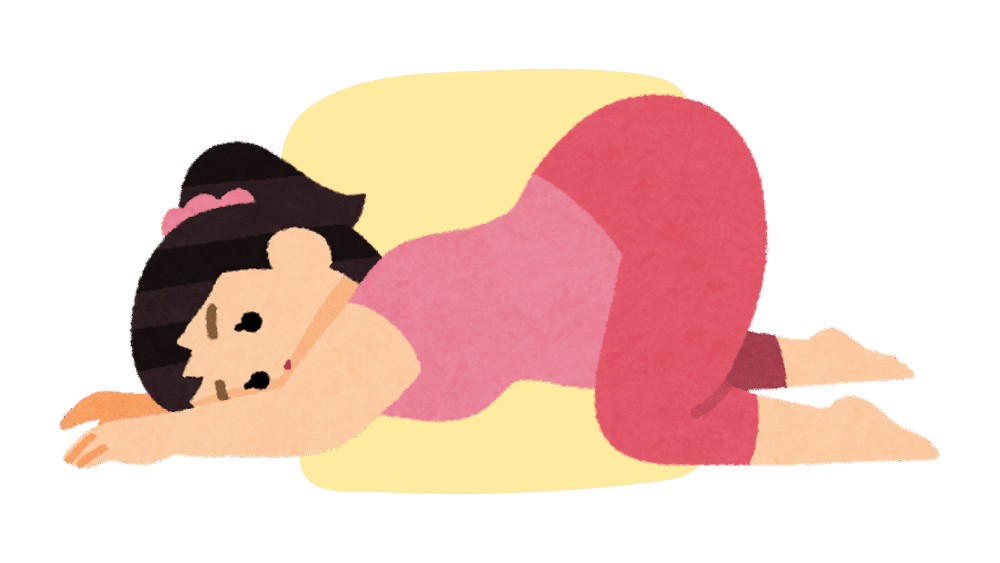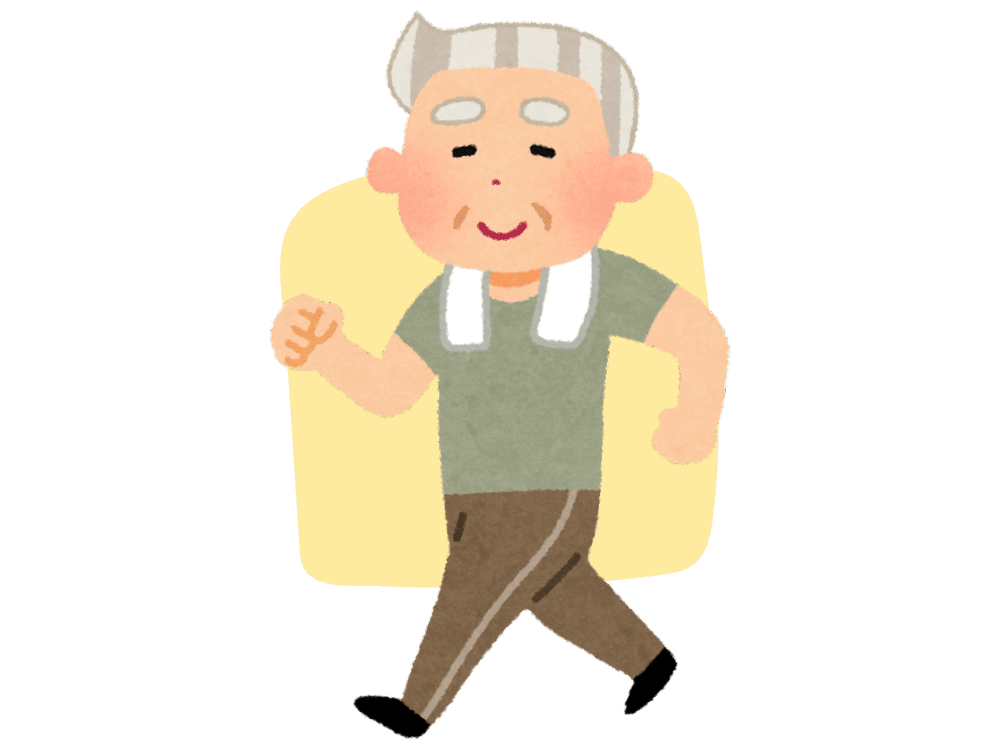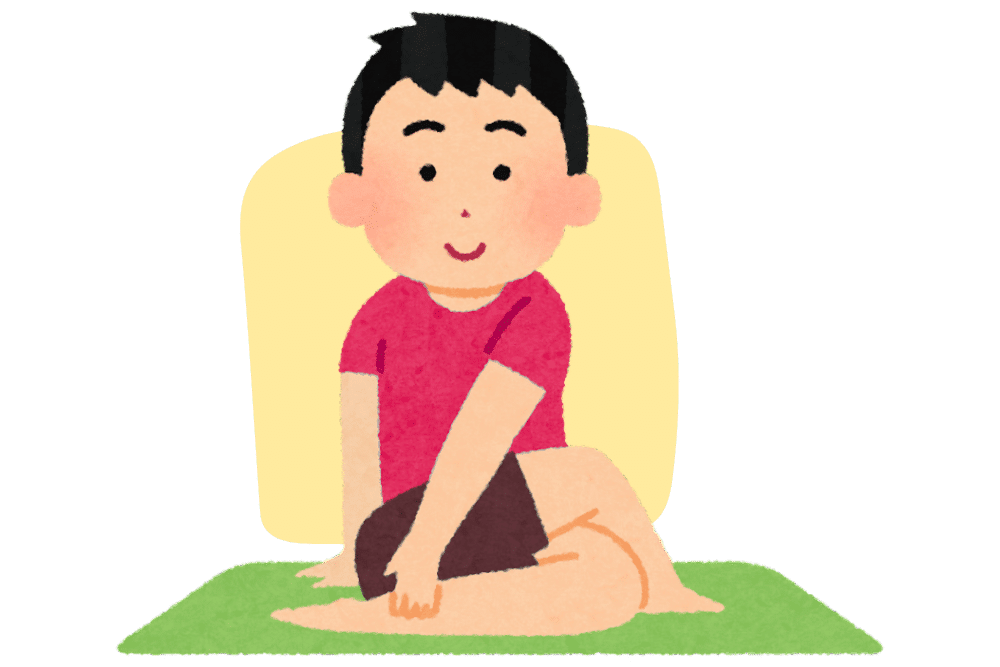It may feel counterintuitive to think about exercise when you’re dealing with a hemorrhoid. Just getting through your commute or simply walking to the store can feel burdensome if your symptoms are flaring. Movement is the key to unlocking your body’s defense system1, however, and important immune and anti-inflammatory responses are catalyzed by gentle to moderate activity. Working out with hemorrhoids doesn’t mean putting more stress on this sensitive region. The best exercises for hemorrhoids are tailored to your body’s specific needs and abilities. Not only will they encourage healing but strengthen muscles and minimize discomfort moving forward.
Table of Contents
- What are Hemorrhoids?
- Importance of Exercise for Hemorrhoids
- List of Exercises
- Additional Tips for Hemorrhoid Relief
- When to Seek Medical Attention
Who are we? We’re Doctor Butler’s, experts in down-there care of hemorrhoids and related conditions. We make proctologist-developed hemorrhoid ointments and complementary products to help you quickly leave the pain behind. Dr. Robert Cutler medically reviews all of the information here.
What are Hemorrhoids?
Hemorrhoids are swollen veins in or outside the anal region. Internal hemorrhoids are typically painless and form inside the lower rectum and anus. They can be itchy, irritate the skin, cause a mucus discharge or bleeding and make it difficult to properly clean this area after bowel movements. Prolapsed internal hemorrhoids have stretched outside the anus and form bulging lumps. External hemorrhoids are known for being painful, forming small, purplish lumps outside the anus and causing itching, swelling, soreness and more significant bleeding as the skin stretched atop them erodes.
Hemorrhoids are both preventable and treatable. They form when there is increased pressure on your rectum, and the most common causes include straining during bowel movements, pregnancy, or as a consequence of a sedentary lifestyle. Sitting for long periods of time, watching tv or playing video games lying down, and a general lack of physical activity decreases circulation, causes blood to pool and puts pressure on the spine and anal region, all of which leaves your body more susceptible to hemorrhoids.

Importance of Exercise for Hemorrhoids
In addition to other methods of deterrence including a high fiber diet and proper hydration, exercises for hemorrhoids are an essential part of any hemorrhoid prevention strategy. Exercising not only increases your overall health and ability to fight back against illness and aging, but physical activities designed specifically with hemorrhoids in mind help alleviate symptoms, promote regular bowel movements and reduce the risk of future flare-ups.
Before we discuss what exercises are good for hemorrhoids, it’s always important to remember that everybody and every body is different. Your hemorrhoid symptoms may even vary greatly from the start of the day to the end, and the most important part of successful care is listening to your own needs. The addition of hemorrhoid exercises to any routine should be done in conjunction with other treatment methods and under the guidance of your healthcare professional.
Benefits of Exercise for Hemorrhoids
The main goals in preventing and treating hemorrhoids are a decrease in symptoms and the elimination of recurring flare-ups. Hemorrhoid exercise means workouts that stimulate blood circulation and improve digestion. Any movement that feels good for your body can help increase your heart rate and blood flow throughout your system, sending oxygen to muscles and stimulating natural contractions in your intestine that prevent constipation and promote gut health. Strengthening the muscles in and around the rectal area creates a strong base for when you’re on the toilet, taking pressure off of your perineum and redirecting it to your thighs and core. This will prevent hemorrhoids from returning in the long run and gives active hemorrhoids a chance to heal.
The 6 Best Exercises for Hemorrhoids
The key to sticking with an exercise routine is to find physical outlets that you actually enjoy. The activities listed below are recommended because they have proven benefits as hemorrhoid relief exercises. While these moves can be adjusted to all different fitness levels, preferences and stages of hemorrhoid concern, there are always alternatives if you do not find yourself taken with squats, kegels, walking, yoga, cycling and swimming. Stick with it and you will find the hemorrhoid exercise that is right for you!
Before you begin, any exercises for hemorrhoids benefit from a slow start and gradual increase in intensity. While you may be an accomplished athlete, the goal here is to not exacerbate current symptoms or create a situation that may even cause a hemorrhoid. Injuring yourself during physical activity can lead to a long recuperation with time off your feet and on your behind – in other words, at risk for a hemorrhoid! Take your time until you feel confident that you can handle the exercise at hand and work-up from there.
List of Exercises:
1. Exercise: Squats
Squats are a great example of an exercise that can be performed at varying degrees of difficulty depending on the state of your hemorrhoid. Heavy squats with hemorrhoids should be reserved for those familiar with the proper form and breathing techniques to ensure that pressure is distributed equally throughout your lower body and not forced down onto your rectum.
Start with light weights and focus on pushing air out against your abdominal wall and not down toward your anus (breathing out as you lift and in as you lower the weight). Listen to your body and determine whether you are in tune with your core; if you cannot remain relaxed while performing the squat, you should not up the weight or force a heavy lift.
Squats help work your quadriceps, hamstrings, glutes, abductors and your abdominals, all of which can help lessen strain on the rectum and prevent hemorrhoids long-term. Dealing with hemorrhoids doesn’t have to mean cutting squats out of your routine. When healing from a flare-up, emphasize learning and maintaining proper technique. Be mindful of how low you are able to squat without causing pain.
2. Exercise: Kegels
While it may simply feel like you’re holding in a fart, kegel exercises for hemorrhoids are an essential part of any aerobics routine. Not only does your pelvic floor play a role in improved bowel movements, but strengthening this area will help balance your muscles while engaging in other activities.

Kegel exercises for hemorrhoids can be done standing, seated or lying flat on the ground. Start by relaxing your lower body and core. Squeeze your pelvic floor and anal muscles together tightly, keeping them contracted for 3-5 seconds. Release the squeeze and repeat this action ten times. You have just completed a round of kegels.
3. Exercise: Walking
It may be tempting to use hemorrhoids as an excuse to remain on the couch. When your bottom half is in pain, remember that just about the worst thing you can do is become a potato. Lack of movement affects circulation, and less blood flow means increased symptoms and longer flare-ups. What’s the simplest way to get that blood moving? Go take a walk!

Walking does not have to be vigorous or uphill to produce health benefits. Walk at a pace that is comfortable for your pain level and doesn’t aggravate healing hemorrhoids. Even walking 10-15 minutes will increase your blood flow, release pain killing endorphins and tone your legs and abdominals. Walking also delays the loss of bone mass and floods your joints with oxygen and fluids, helping to keep your body strong as you age and the risk of hemorrhoids increases.
If you’re feeling emboldened, you may even want to attempt running with hemorrhoids!
4. Exercise: Yoga
With its focus on breathing and the body and brain connection, yoga exercises for hemorrhoids are perfect for anyone dealing with a flare-up or looking to avoid weights. Breathing is a great way to encourage blood flow, and remaining aware of your hemorrhoid while in motion will prevent you from overstretching or harming a healing site.

Certain yoga poses have specific benefits for hemorrhoid sufferers, such as Child’s Pose and Cat-Cow, which both stretch and strengthen the muscles in the pelvic area. Child’s Pose can also increase circulation and aids in relieving constipation.
To try Child’s Pose, start on your hands and knees, as though you were going to crawl. Sit backwards, pressing your hips as close as they’ll get to your heels while extending your arms in front of you or gently at your side. Hold this position as long as it feels good – you’ve now done yoga for hemorrhoids!
5. Exercise: Cycling
As with any form of physical activity, the key to success is remembering proper technique. Cycling is no different, and the focus here should be on your equipment and your posture. The seat that came with your bike may not be the best fit for your body. Take the time to find a seat with enough cushioning and support, and position it on the bike so that you are able to maintain a neutral spine (think about keeping a straight line between your hips and your shoulders). For additional support, consider padded cycling shorts, which can be worn under clothing to prevent your hemorrhoid from rubbing against the seat.
Cycling increases blood circulation and strengthens muscles in your lower body and core. To keep your blood flow in check and to enhance strength training, consider alternating between sitting and standing while on a ride.
6. Exercise: Swimming
For those with arthritis, joint pain or other mobility issues, swimming can be a great form of exercise when managing hemorrhoids. It is low-impact, meaning you get the benefits of a workout that engages nearly every muscle group while putting very little strain on your body or hemorrhoids. The resistance of the water helps build muscle mass, and putting your body in full motion will of course increase circulation. Being in the water has the added benefit of releasing all pressure from your rectum and reducing inflammation in the process. Focusing on your breath and breathing cyclically as you do strokes also improves blood flow and distributes oxygen throughout your system, helping to minimize swelling and speed-up healing.
Additional Tips for Hemorrhoid Relief
When you’re ready to start exercising for hemorrhoid health, don’t forget the details! Always bring water with you to the gym or a class and stay hydrated throughout the activity. Wear appropriate clothing for the exercise, and make sure that anything tight is made of material that won’t trap sweat or cause irritation. When possible, wear loose clothing made of natural materials. Bring wipes to avoid rough toilet paper and to keep on top of removing sweat and harmful bacteria from off your sensitive skin.
When to Seek Medical Attention
It is always important to consult a medical professional before starting any new exercise regimen. Make sure that your doctor approves of your routine based on your specific medical needs. Be aware of symptoms that may indicate a more serious condition, including excessive bleeding, severe pain, or the presence of a lump that is not responsive to at-home care. Always seek advice from a healthcare professional if you experience persistent or worsening symptoms.
Conclusion
The only one holding you back from a hemorrhoid free life is yourself. Get off that couch and walk, run, swim, bike, stretch or squat your way into a new activity that brings you joy, brings your hemorrhoids relief and helps you stay strong against future flare-ups. Doctor Butler’s is here for relief and support every step of the way!
